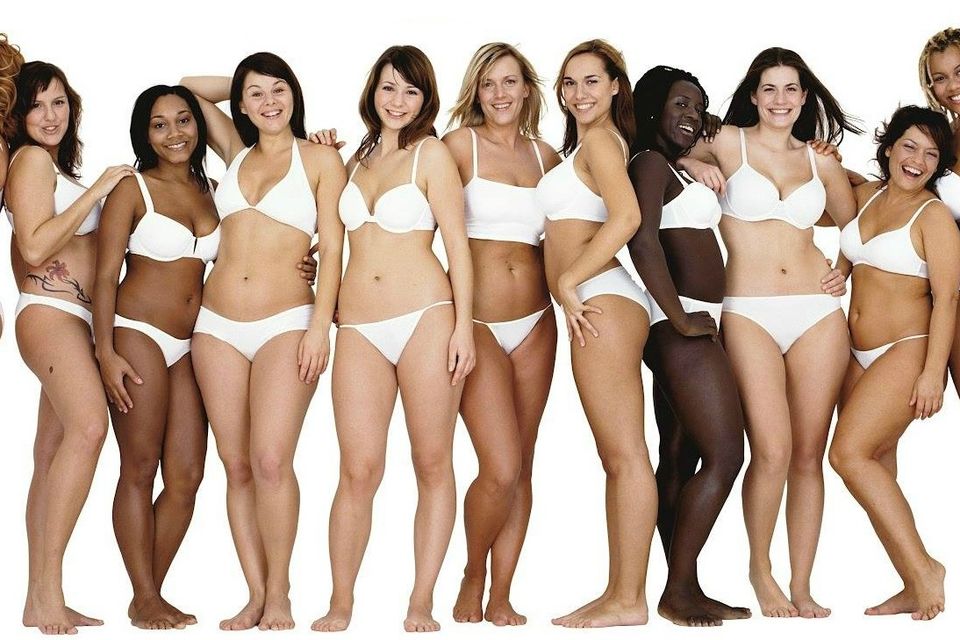This chart shows how people with the same BMI (Body Mass Index) can look completely different
DOVE advertising campaign reminds us we are all different
Here is the definitive proof that no two bodies are ever the same.
Put simply, your body mass index (BMI) is a measure of body fat based on your weight, height, gender and age.
BMI is organised into four different categories - underweight, normal weight, overweight and obese.
The easiest way to determine your bodyweight is to use an online calculator - which will give you a number. (Alternatively you can use this formula BMI = ( Weight in Pounds / ( Height in inches x Height in inches ) ) x 703.)
If your BMI is below 18.5, you are considered underweight. Being in between 18.5 - 24.9 means you are in the 'normal' category while anything from 25-29.9 is overweight. If you are 40 or above, you are classified as obese.
However, BMI doesn't take into account the percentage of your fat and muscle tissues - and that's why no two people with the same BMI will look alike.
A New York based startup called Body Labs developed a chart for Cosmopolitan.com to show how different six women with the same weight and height can look.
Even though each body is 5 foot 7, weighs 145 pounds, and has a BMI of 22.8 - look at how their figures vary.
The chart serves as a reminder that BMI is a somewhat outdated way to determine your health, as muscle can weigh the same amount as fat.
"You can be an athlete in great shape and be deemed overweight or even obese," Body Lab director Jonathan Schwartz said.
"Or you could have an average BMI but carry a significantly higher amount of mass in your torso, which as some studies show can be a predictor of health risks such as cardiovascular disease or (type 2) diabetes."
Join the Irish Independent WhatsApp channel
Stay up to date with all the latest news
















